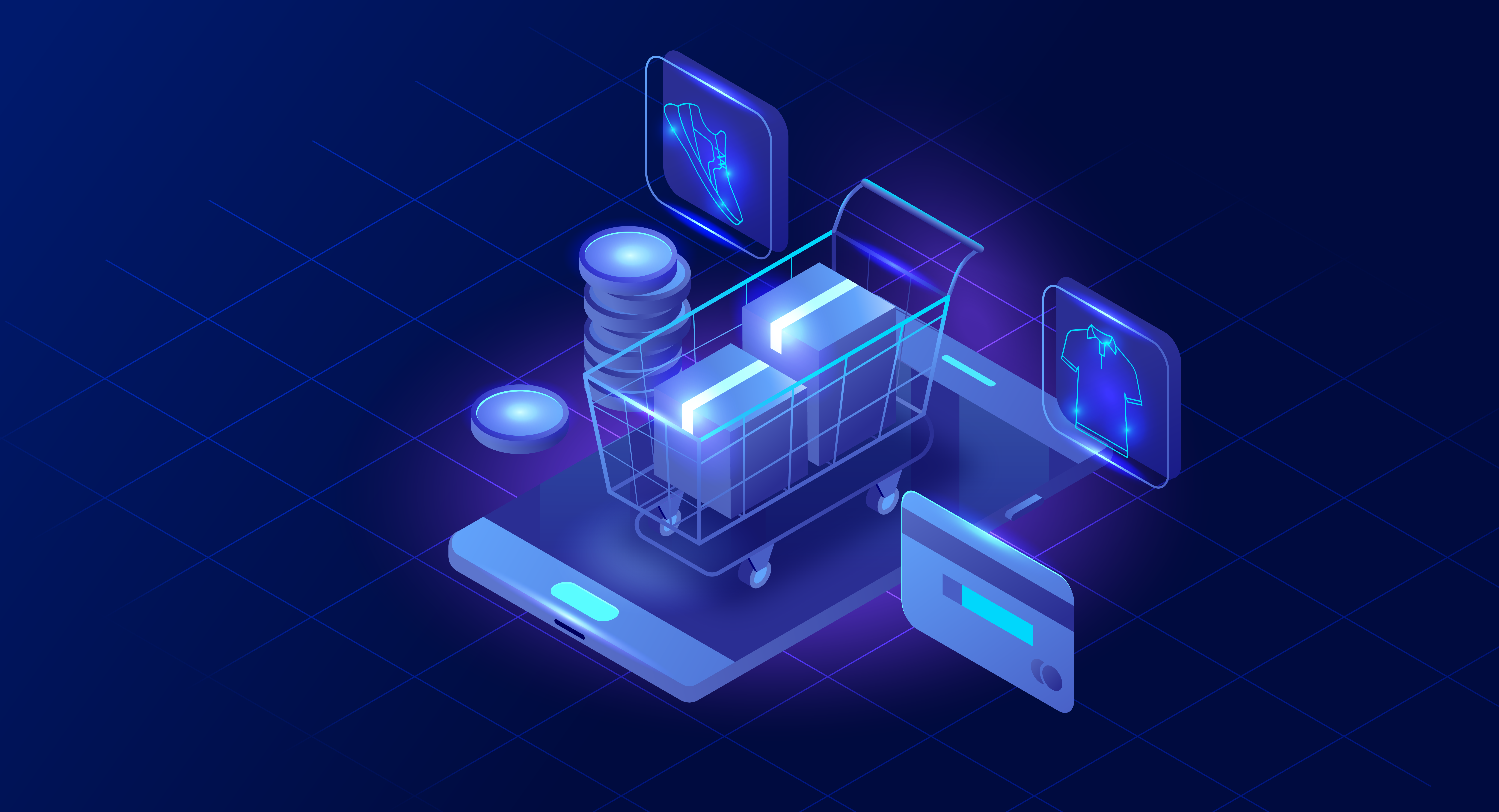Introduction
In today’s fast-paced digital world, eCommerce continues to evolve at lightning speed. While some trends may come and go, others are set to transform the way we shop and do business online. As we look toward 2025, eCommerce businesses must stay ahead of these trends to remain competitive in the marketplace. With global retail eCommerce sales expected to exceed $8 trillion by 2027, businesses cannot afford to ignore the upcoming changes that will shape the future of online shopping.
Here, we’ve compiled the top 15 eCommerce trends to watch in 2025 that will help you not only survive but thrive in the ever-evolving digital landscape.
1. Augmented Reality (AR) in Online Shopping
By 2025, AR will have fully integrated into the online shopping experience, offering consumers a way to visualize products in real time. AR allows users to see how items, such as furniture or clothing, will look in their space or on their body before purchasing. This immersive technology reduces return rates and builds buyer confidence, making it a must-have for brands aiming to enhance the online customer experience.
Check out an article on Augmented Reality in E-commerce: The Future of Shopping.
2. Personalized Advertising Takes Center Stage
Personalization has long been a pillar of eCommerce, but by 2025, it will become more sophisticated. With advancements in AI and data analytics, businesses will be able to offer hyper-personalized experiences that cater to individual shopping behaviors, interests, and needs. Tailoring product recommendations, loyalty programs, and advertising strategies will strengthen customer relationships and drive brand loyalty.
3. AI-Driven Automation and Personalization
AI will play a more dominant role in eCommerce operations by 2025, allowing brands to automate everything from customer service to inventory management. AI-powered chatbots, personalized product recommendations, and automated email marketing campaigns will ensure businesses provide seamless experiences tailored to individual shoppers.
Additionally, check out Marketplace Personalization with Machine Learning Made Easy.
4. The Rise of Social Commerce
By 2025, social media platforms like Instagram, Facebook, and TikTok will dominate as shopping hubs, allowing users to browse, shop, and purchase directly from their feeds. Social commerce will drive sales by making the online shopping experience as frictionless as possible, with features such as one-click checkout and shoppable posts.
5. Optimized Voice Search Shopping
Voice search is rapidly gaining traction, with more consumers using smart speakers and voice assistants to shop online. To stay competitive, eCommerce businesses must optimize their websites for voice search by focusing on natural language patterns and long-tail keywords. Ensuring a smooth voice commerce experience will be vital in 2025.
6. Mobile Commerce (M-commerce) Dominance
With mobile commerce predicted to account for 62% of all eCommerce sales by 2027, businesses must focus on creating mobile-friendly websites and apps. Ensuring quick load times, easy navigation, and secure payment options will be critical for capturing mobile shoppers in 2025.
7. Hybrid Commerce and Omnichannel Selling
The future of eCommerce will blend physical and digital experiences, with click-and-collect services (BOPIS) becoming increasingly popular. This omnichannel approach ensures a seamless shopping journey, giving customers more flexibility in how they shop.
8. AI-Powered Customer Support
AI-powered chatbots will handle most customer service inquiries by 2025, reducing response times and providing 24/7 support. As AI technology continues to improve, chatbots will become even more capable of solving complex issues, ensuring a positive customer experience.
9. Influencer Marketing Gains Traction
Influencer marketing will remain a key driver of sales, especially for newer eCommerce brands. By partnering with influencers, businesses can tap into niche audiences, boosting brand awareness and driving sales. Expect influencer marketing to evolve with live shopping experiences on platforms like Instagram and TikTok.
10. Flexible Payment Options (BNPL)
Buy Now, Pay Later (BNPL) options will continue to grow in popularity. Offering flexible payment methods such as PayPal Credit, eSewa, Khalti, FonePay, Apple Pay, and more will become a standard practice for eCommerce businesses in 2025, catering to consumers’ demand for convenience and financial flexibility.

Here’s an article on Exploring the Top 10 eCommerce App Development Trends.
11. Sustainability in eCommerce
Sustainability will be a major focus for both businesses and consumers in 2025. Shoppers will prefer brands with eco-friendly practices, such as sustainable packaging and transparent supply chains. Companies that can demonstrate a commitment to reducing their carbon footprint will attract environmentally conscious consumers.
12. Prioritizing Security and Privacy
As eCommerce grows, so does the importance of data security. With governments expected to introduce stricter regulations around data privacy, businesses will need to implement robust security measures to protect customer information and build trust.
13. Headless Commerce for Flexibility
Headless commerce, which separates a website’s front-end and back-end, will allow businesses to create flexible, scalable eCommerce platforms that can adapt to changing consumer preferences. This architecture supports multichannel selling and improves the overall shopping experience.
14. Conversion Rate Optimization (CRO) Strategies
By 2025, eCommerce businesses will focus heavily on conversion rate optimization (CRO) to turn website visitors into paying customers. From A/B testing landing pages to personalizing user experiences, CRO strategies will play a pivotal role in driving revenue growth.
15. Email Marketing Automation
Automation will continue to enhance email marketing, with businesses using machine learning to create personalized and timely messages. Automated cart abandonment emails, personalized product suggestions, and dynamic content will help boost engagement and conversion rates.
Furthermore, check out an article on Top 10 Emerging Technologies for 2025.
Conclusion
As 2025 approaches, these trends will shape the future of eCommerce, offering new opportunities for businesses to connect with their customers and optimize the shopping experience. Staying ahead of these trends will be essential for success in an increasingly competitive market.
Are you ready to embrace the future of eCommerce? At Asterdio, we specialize in helping businesses adapt to these evolving trends and create required eCommerce solutions. Contact us today to learn more about how we can help your business grow in 2025 and beyond.




